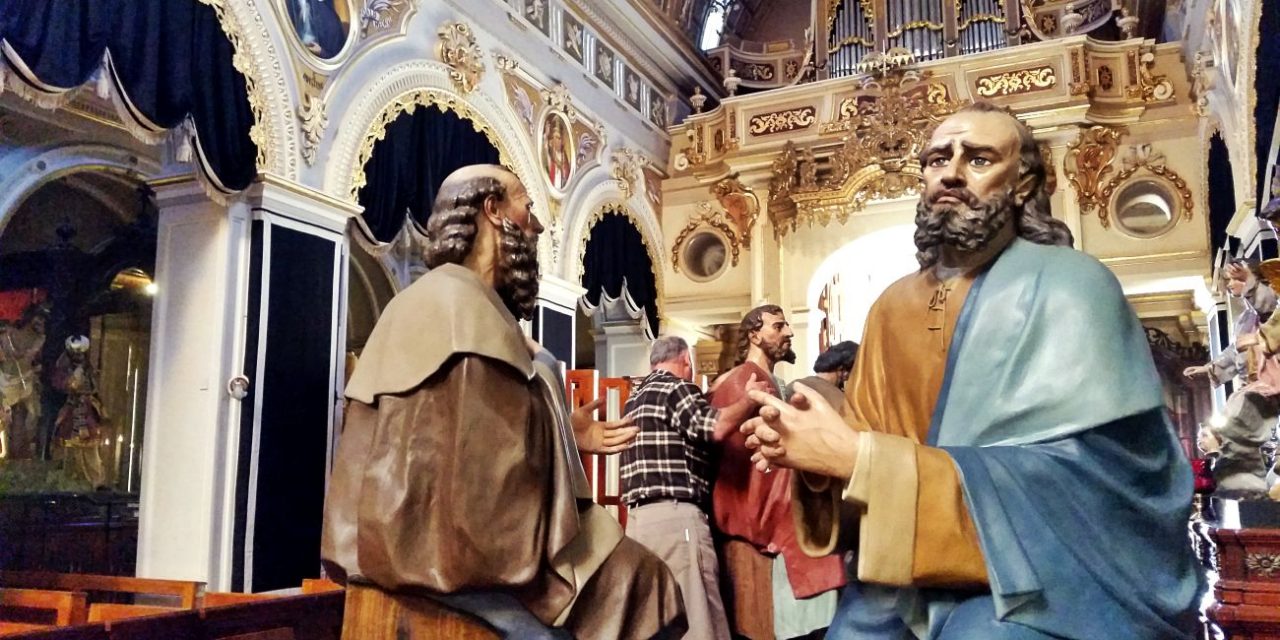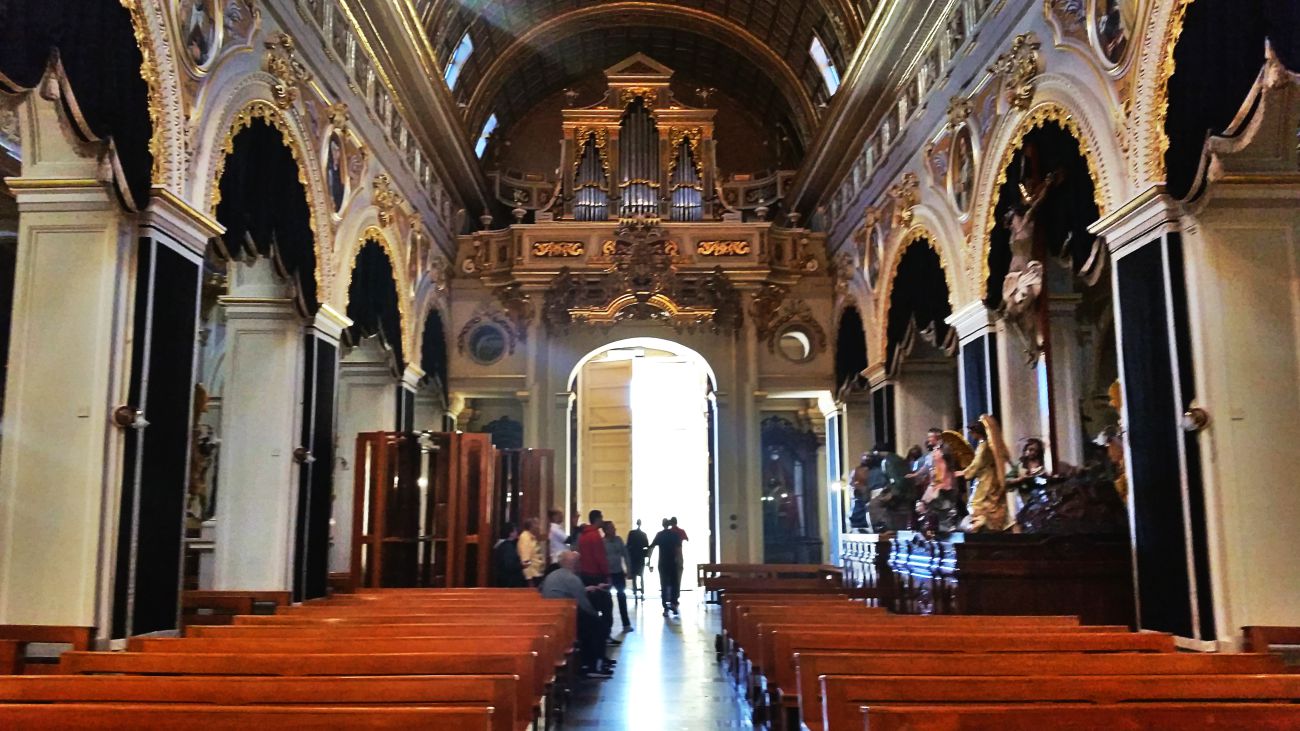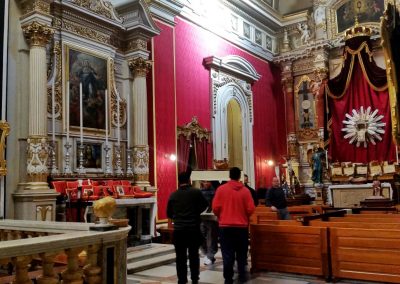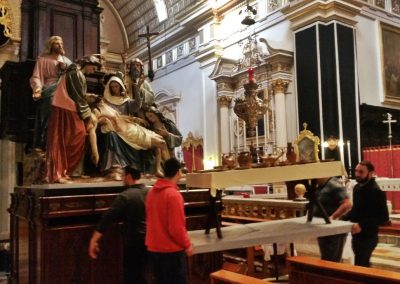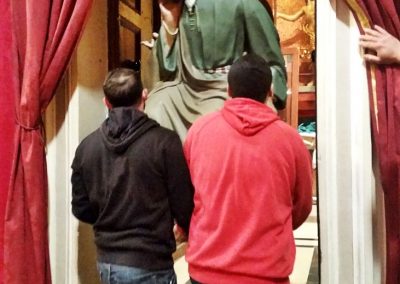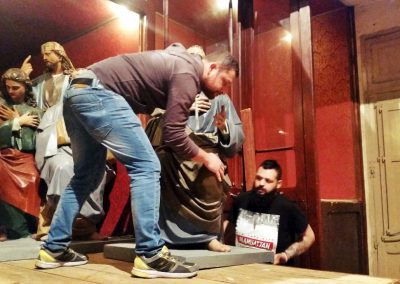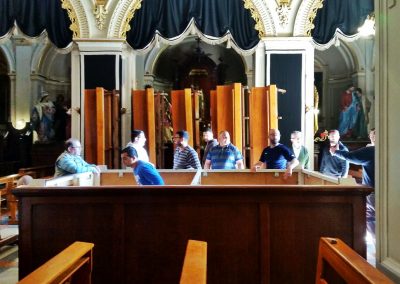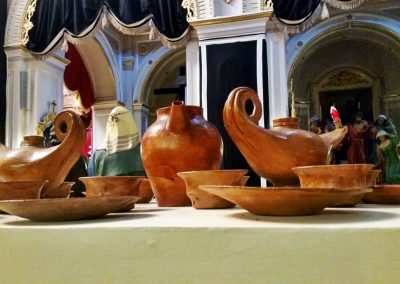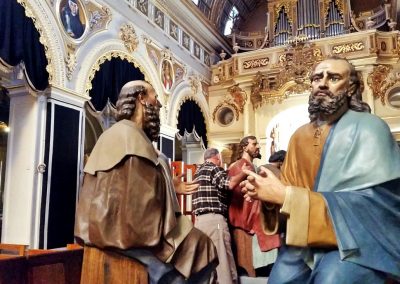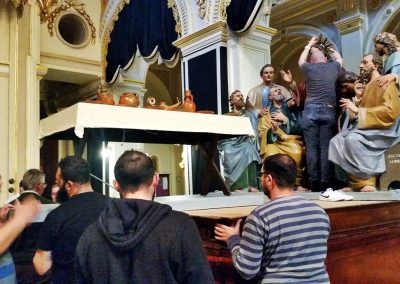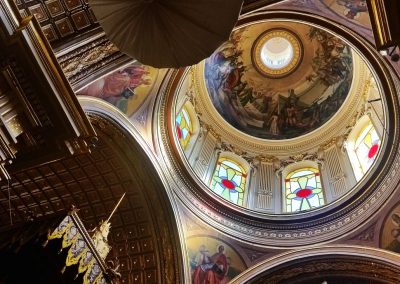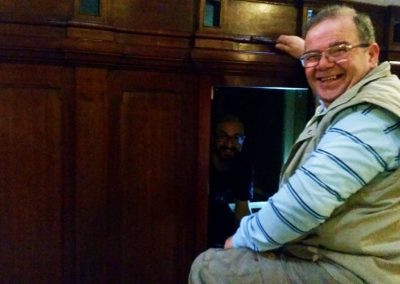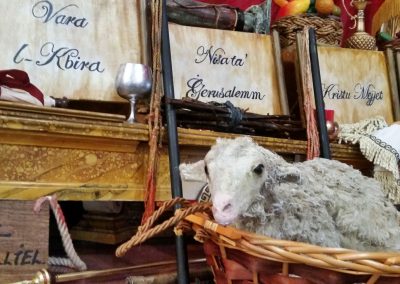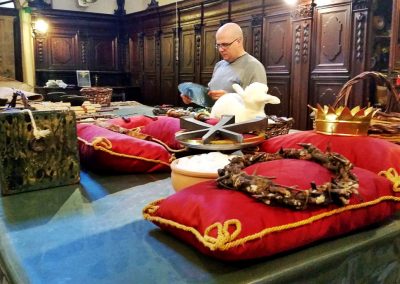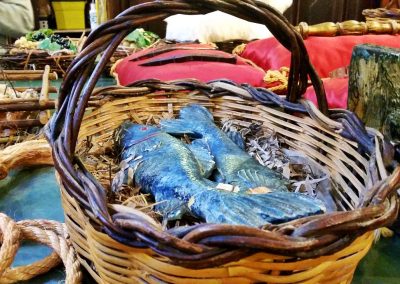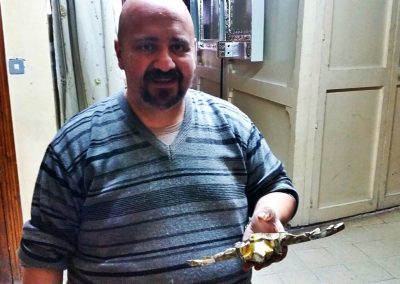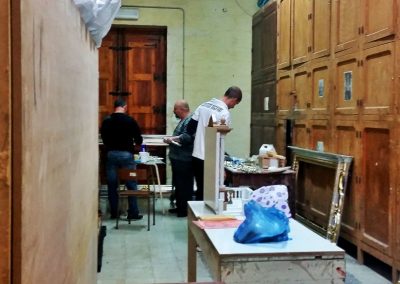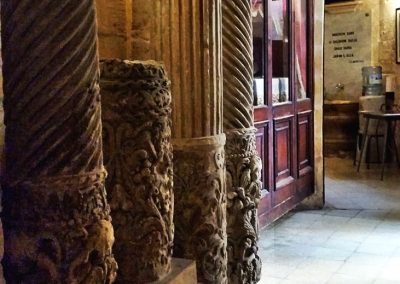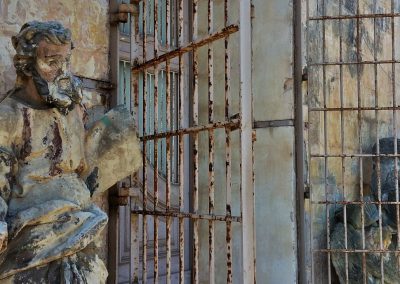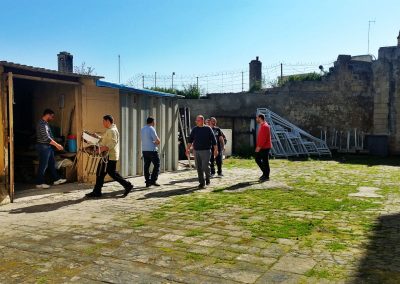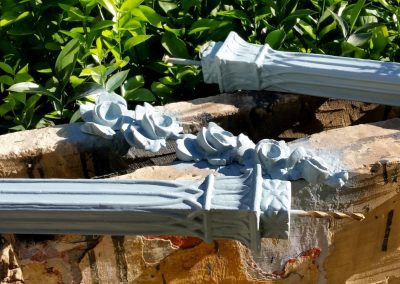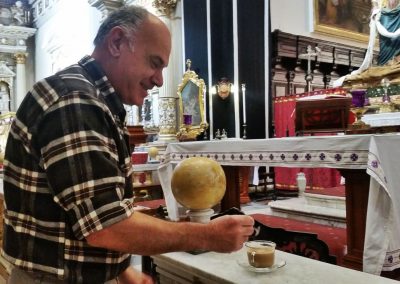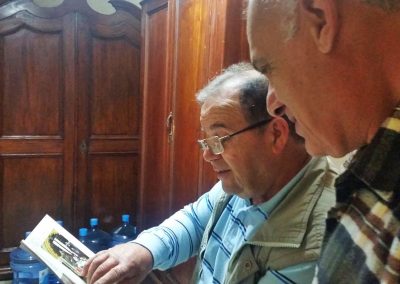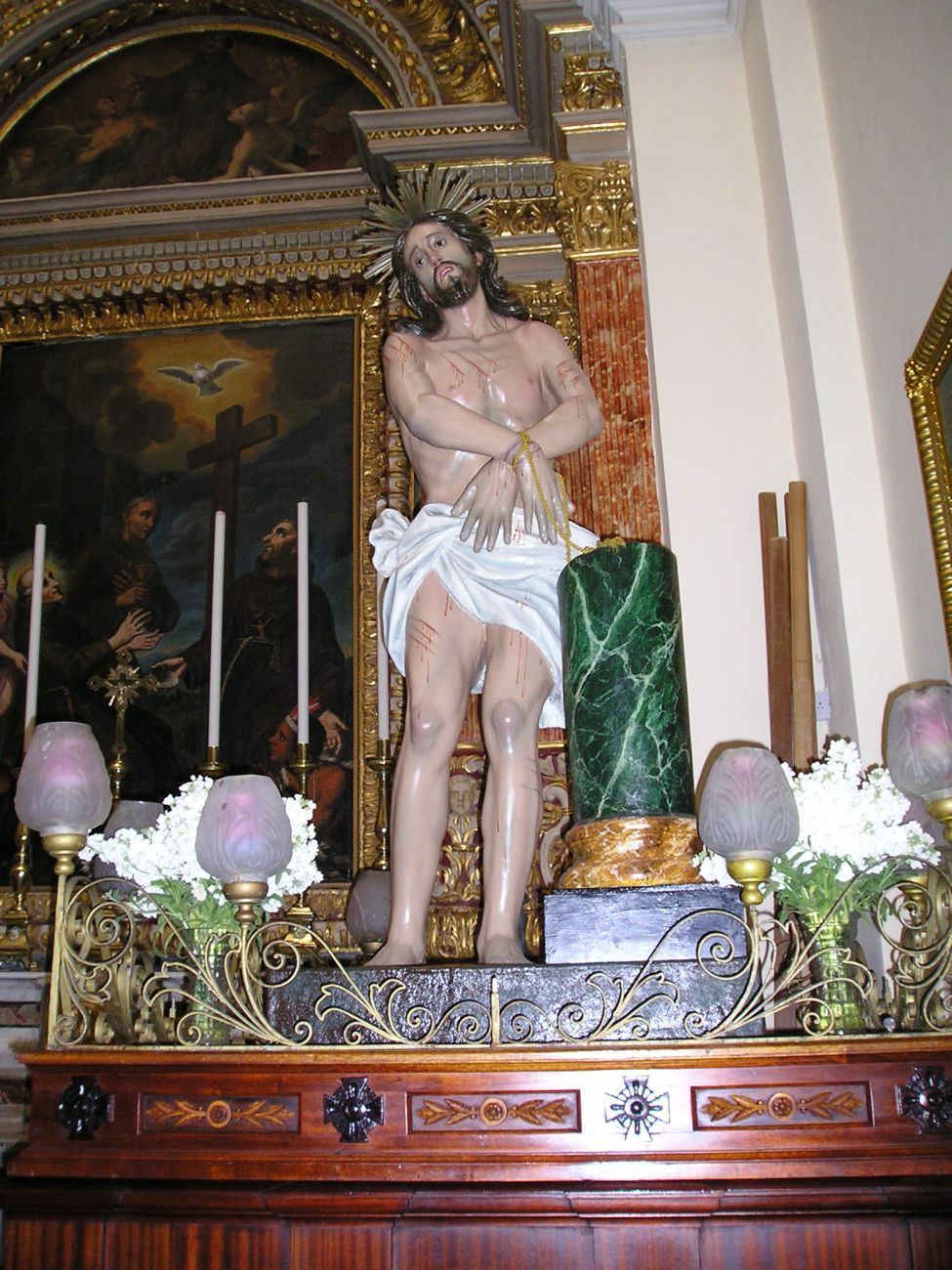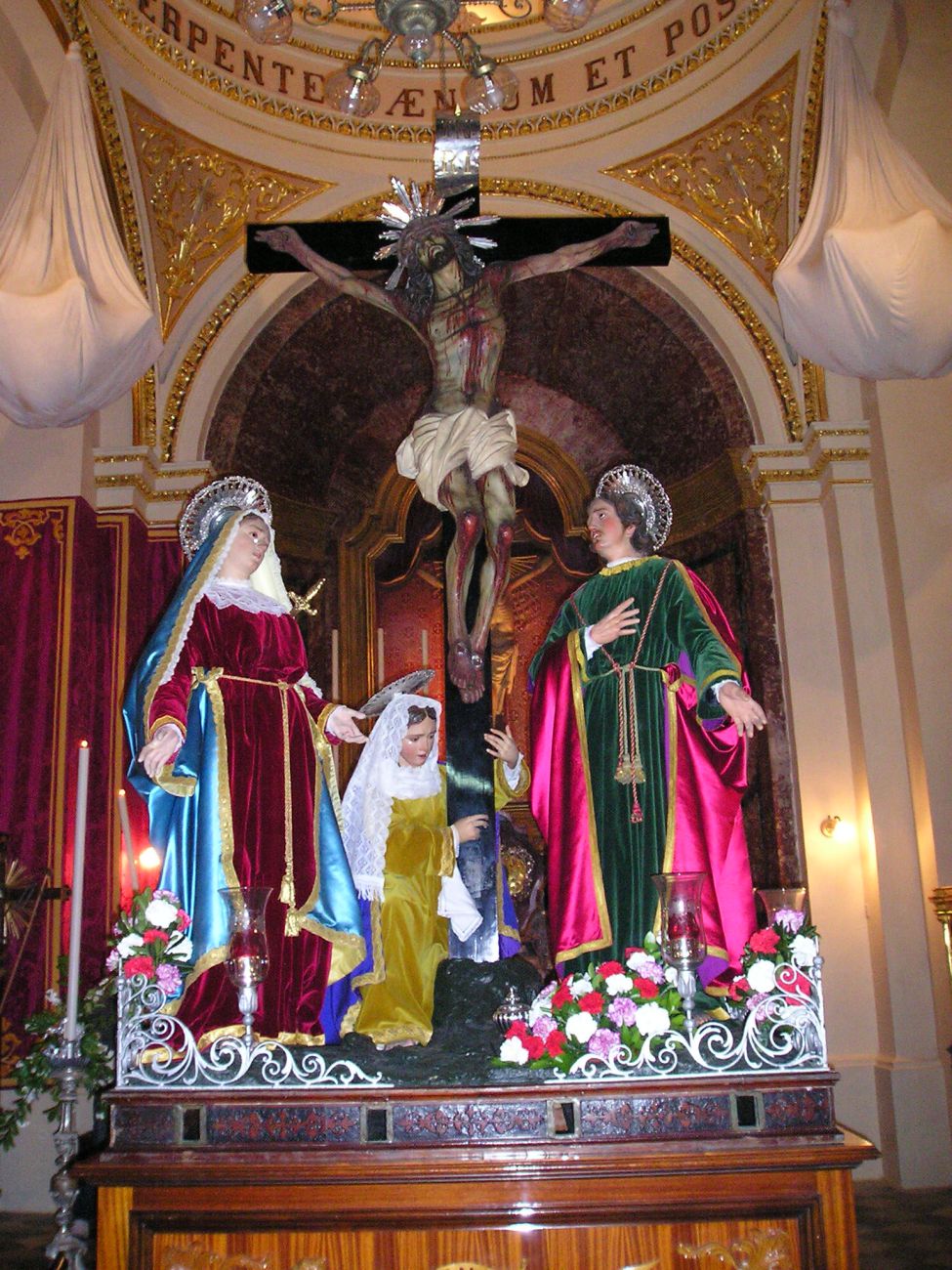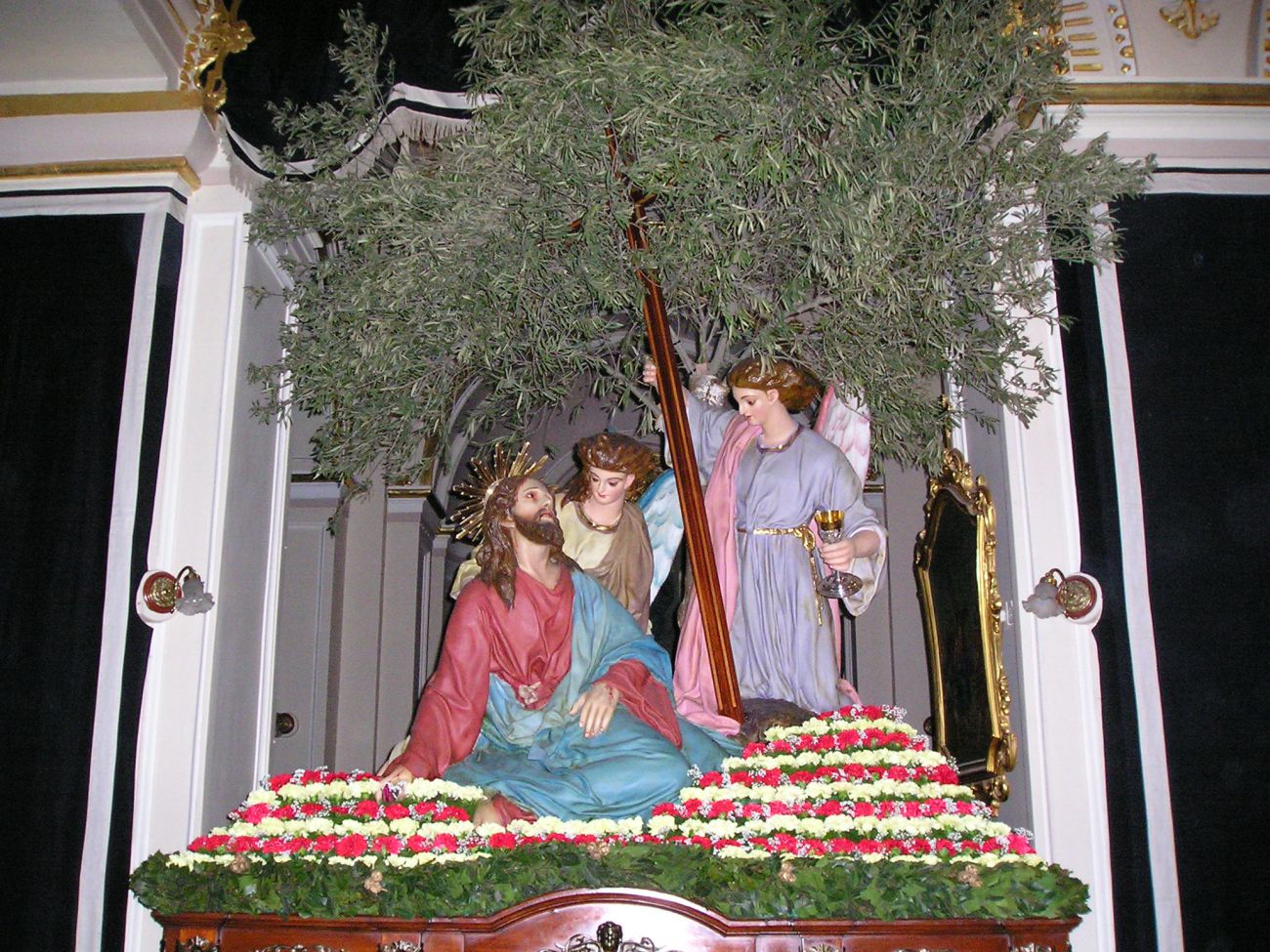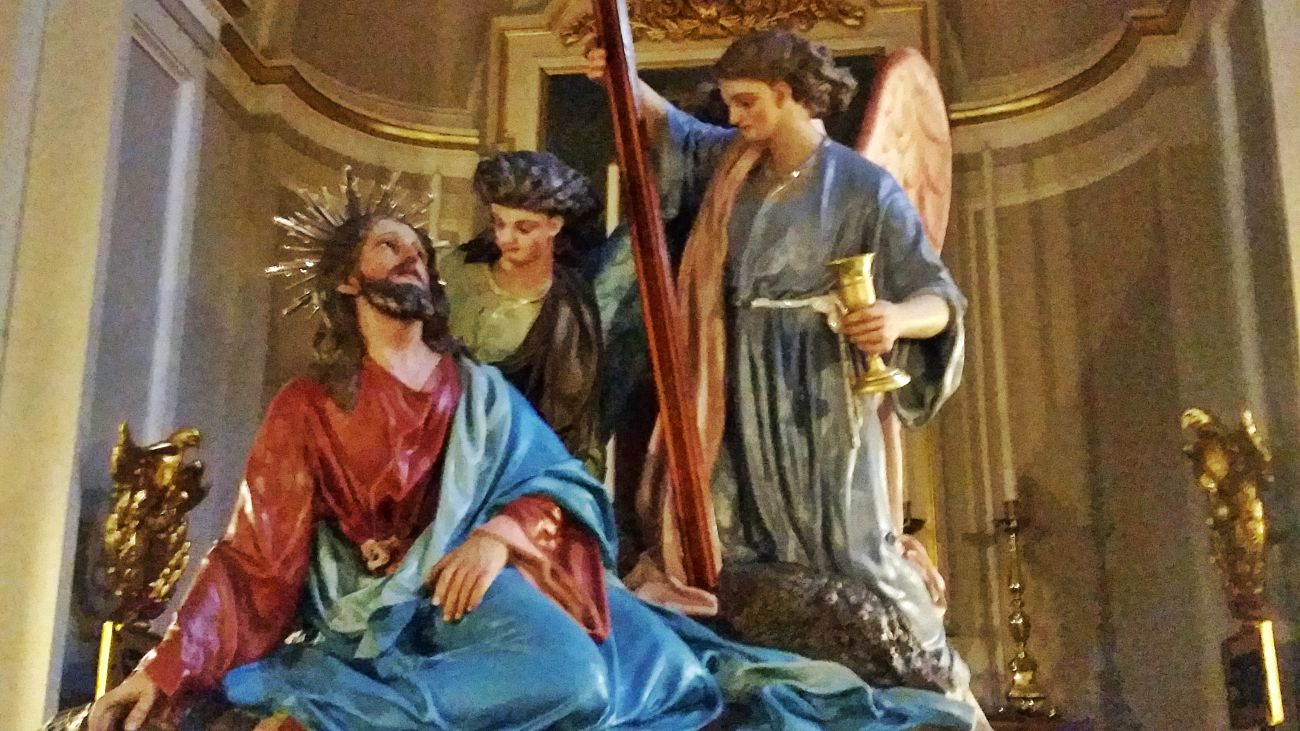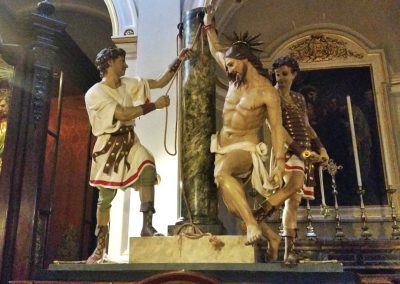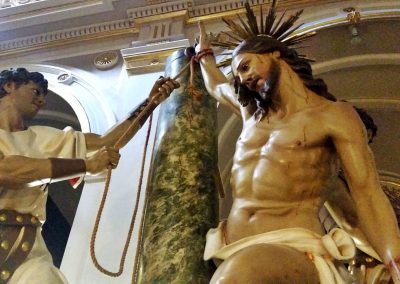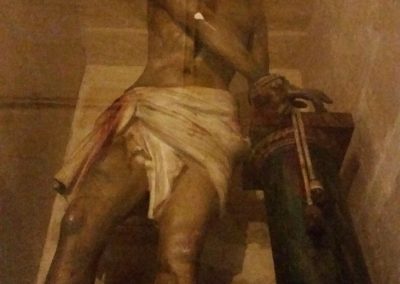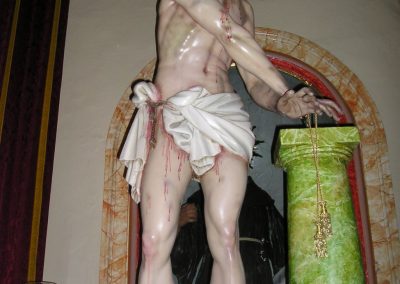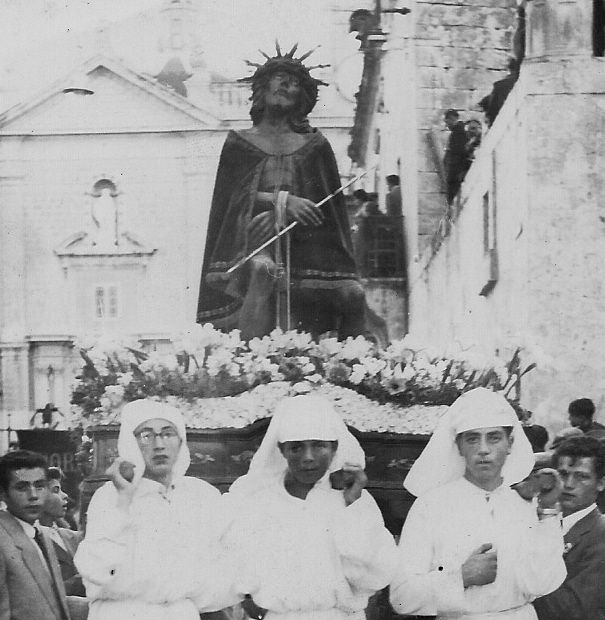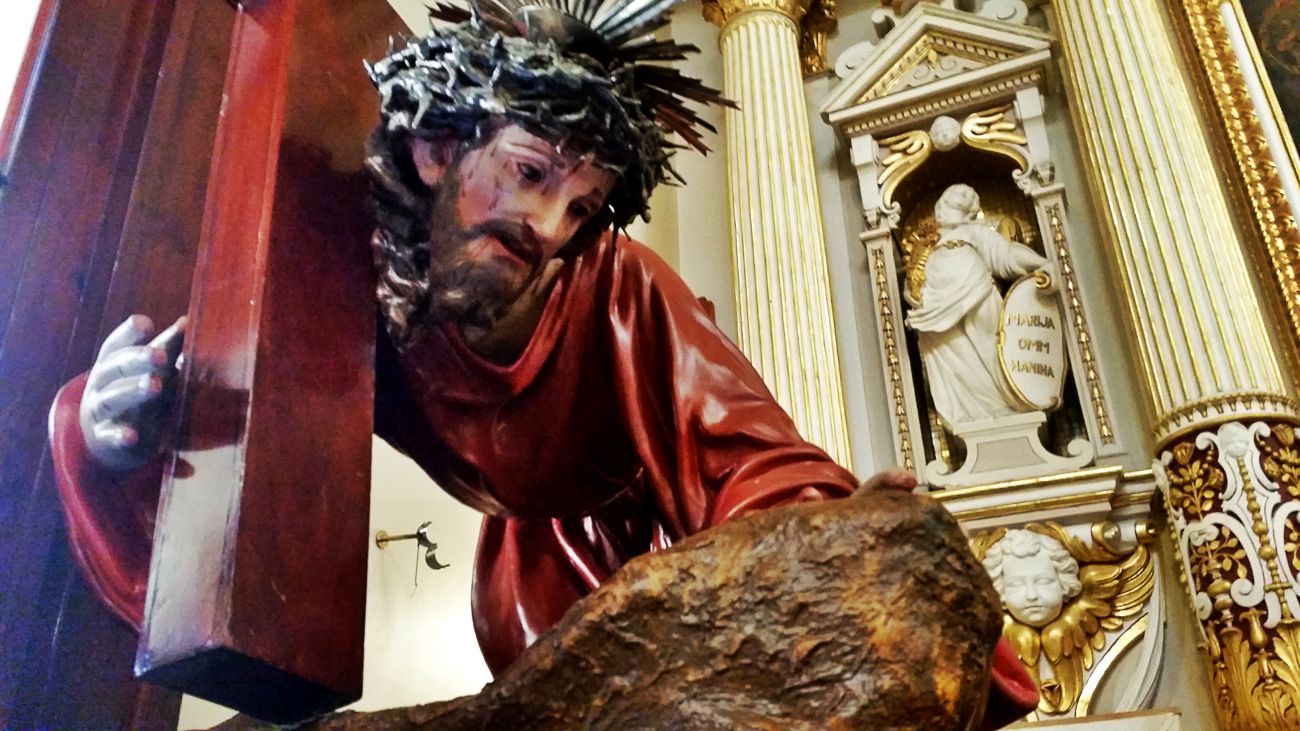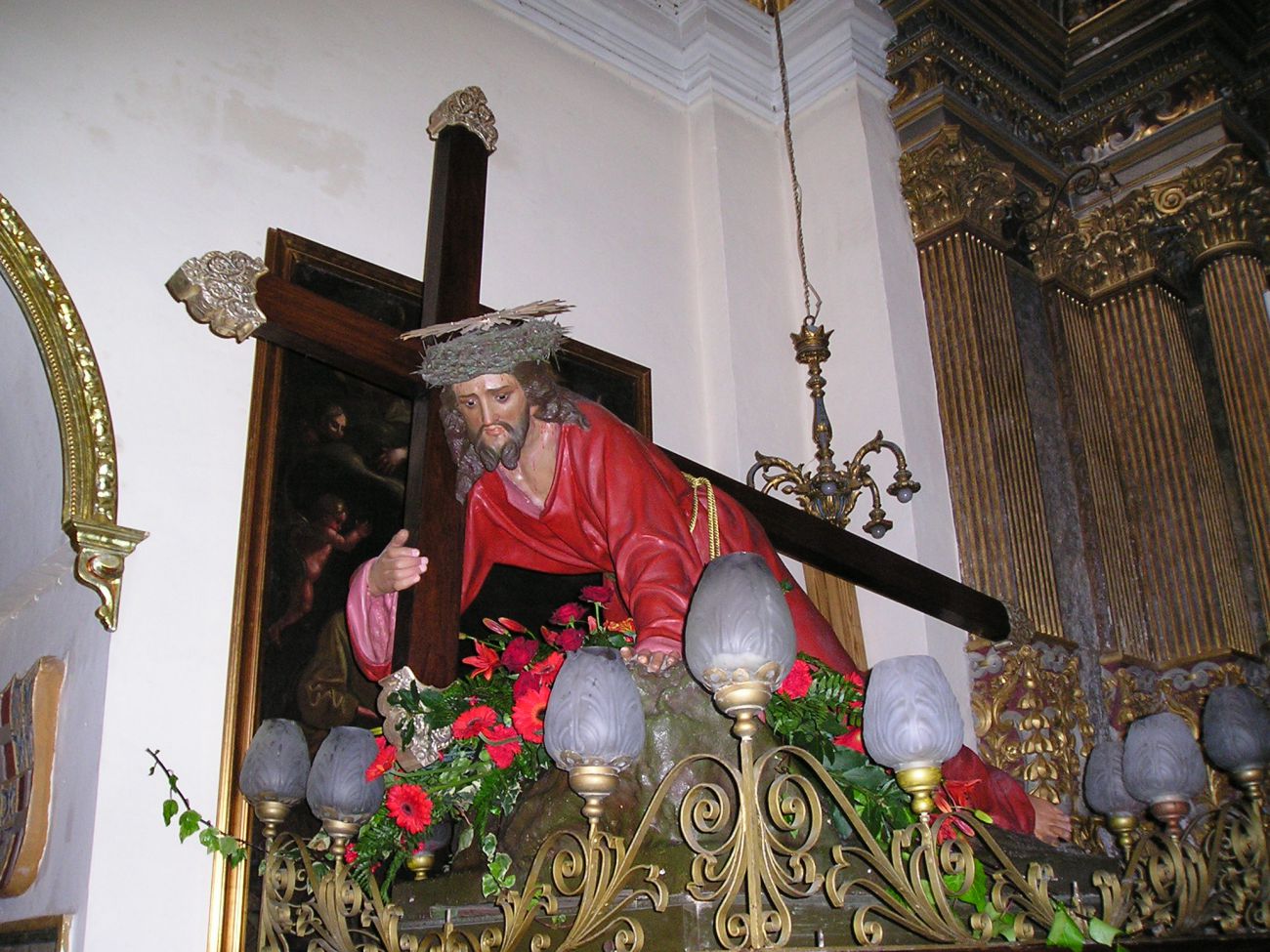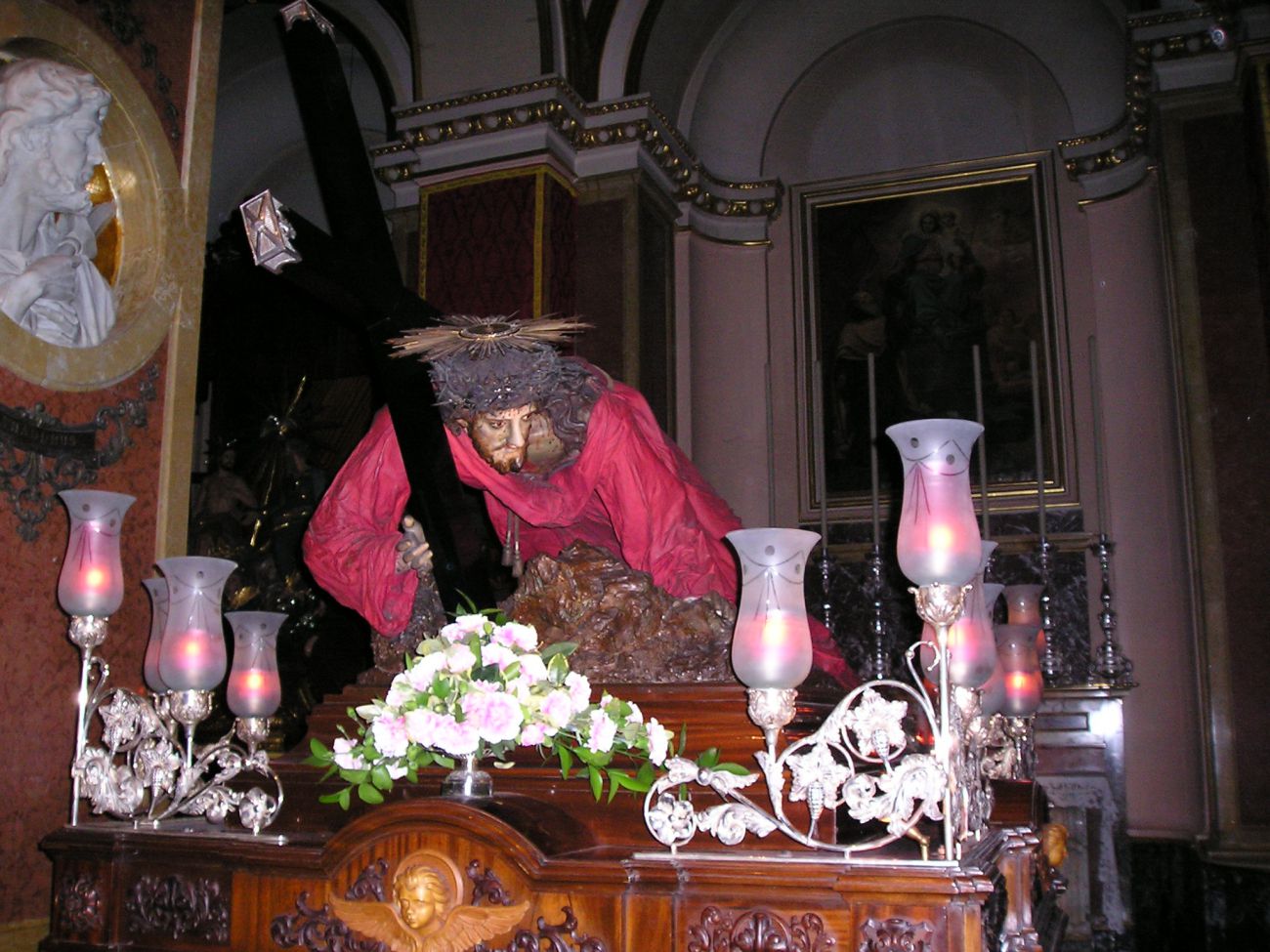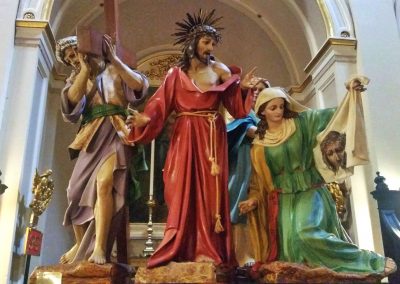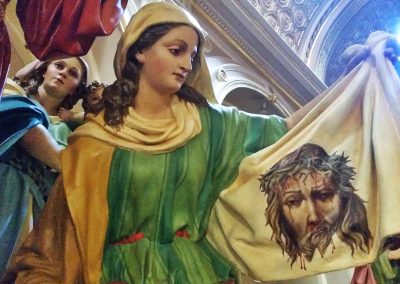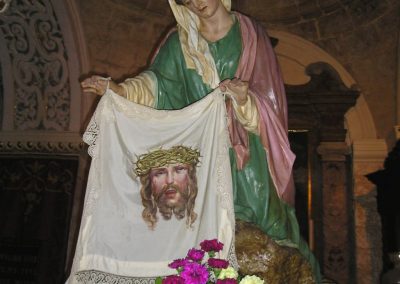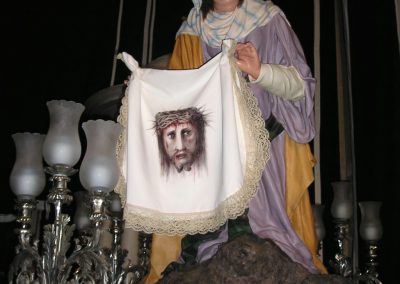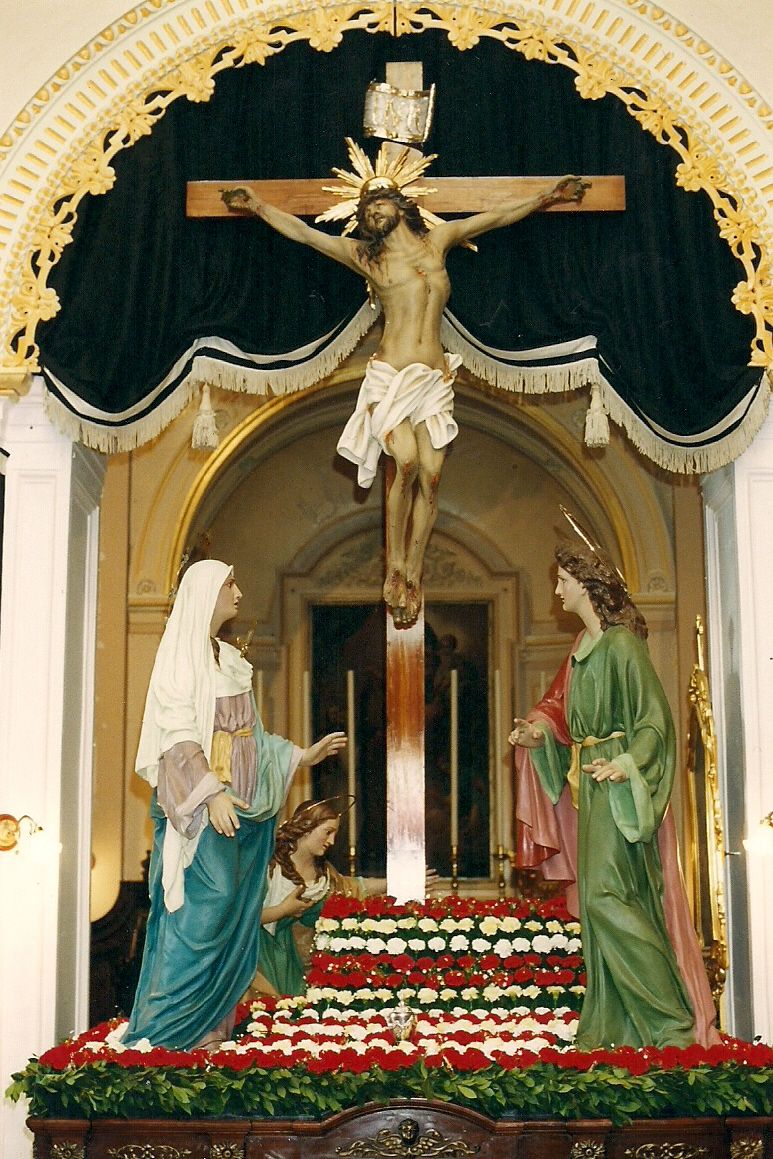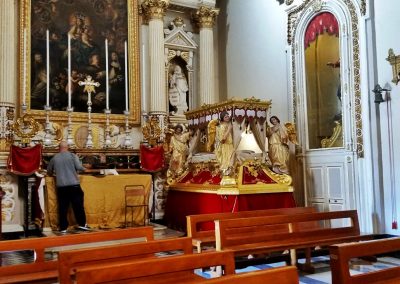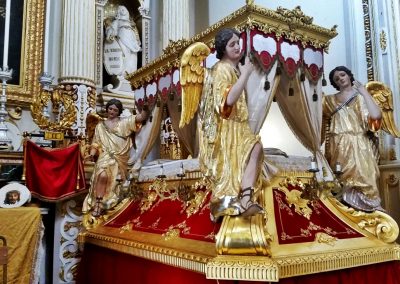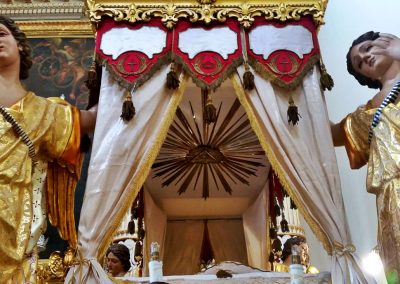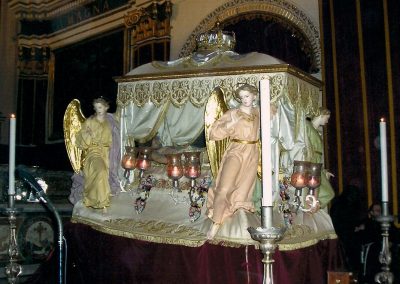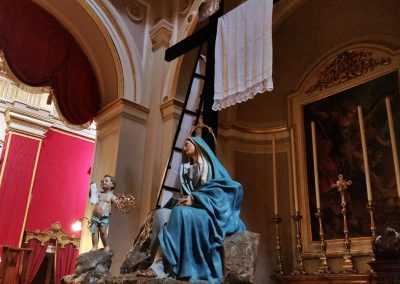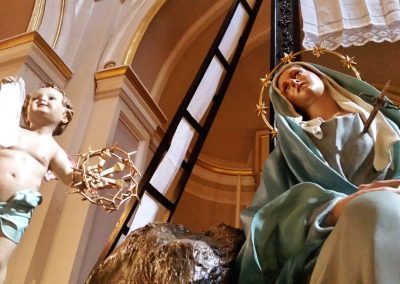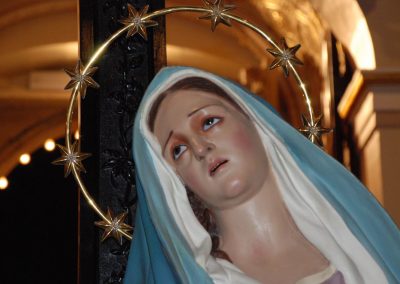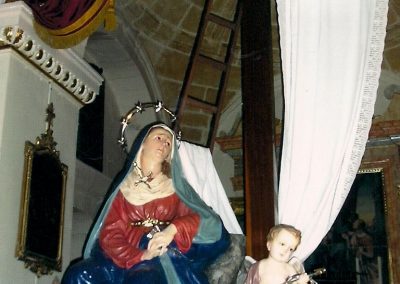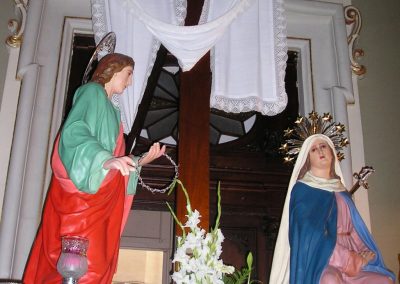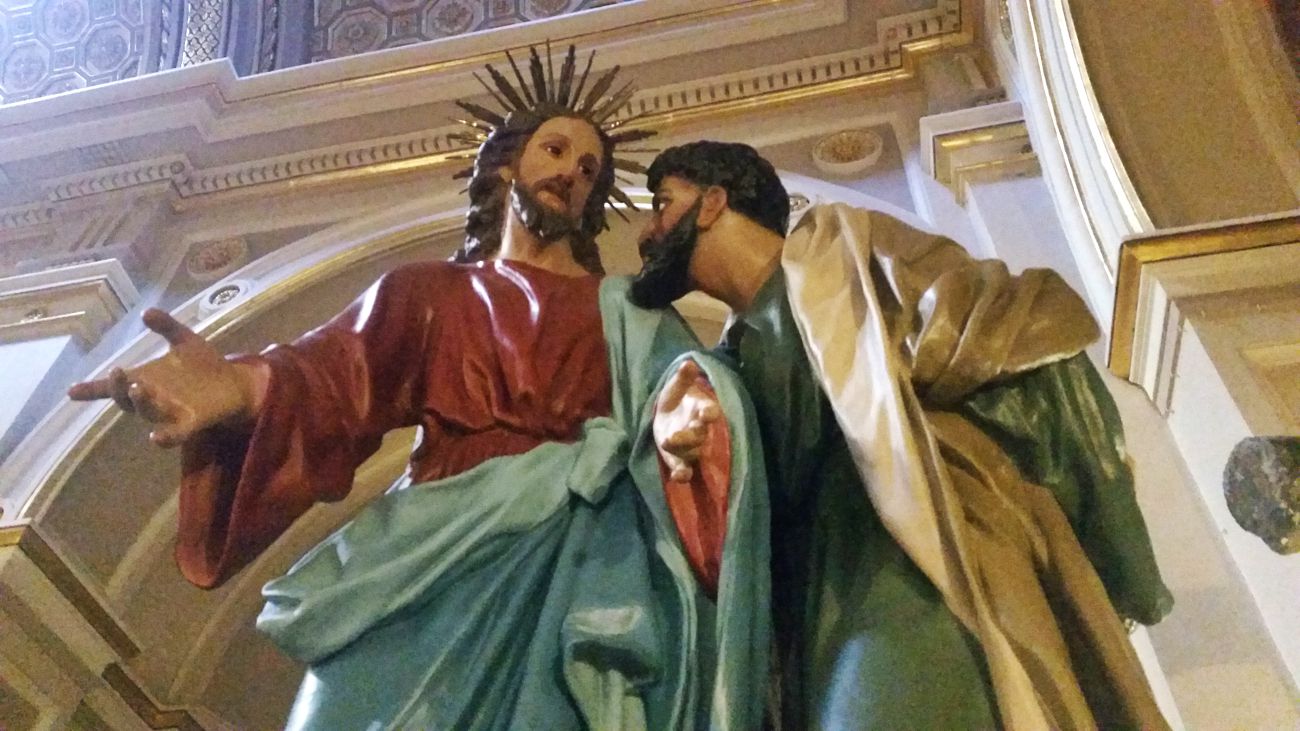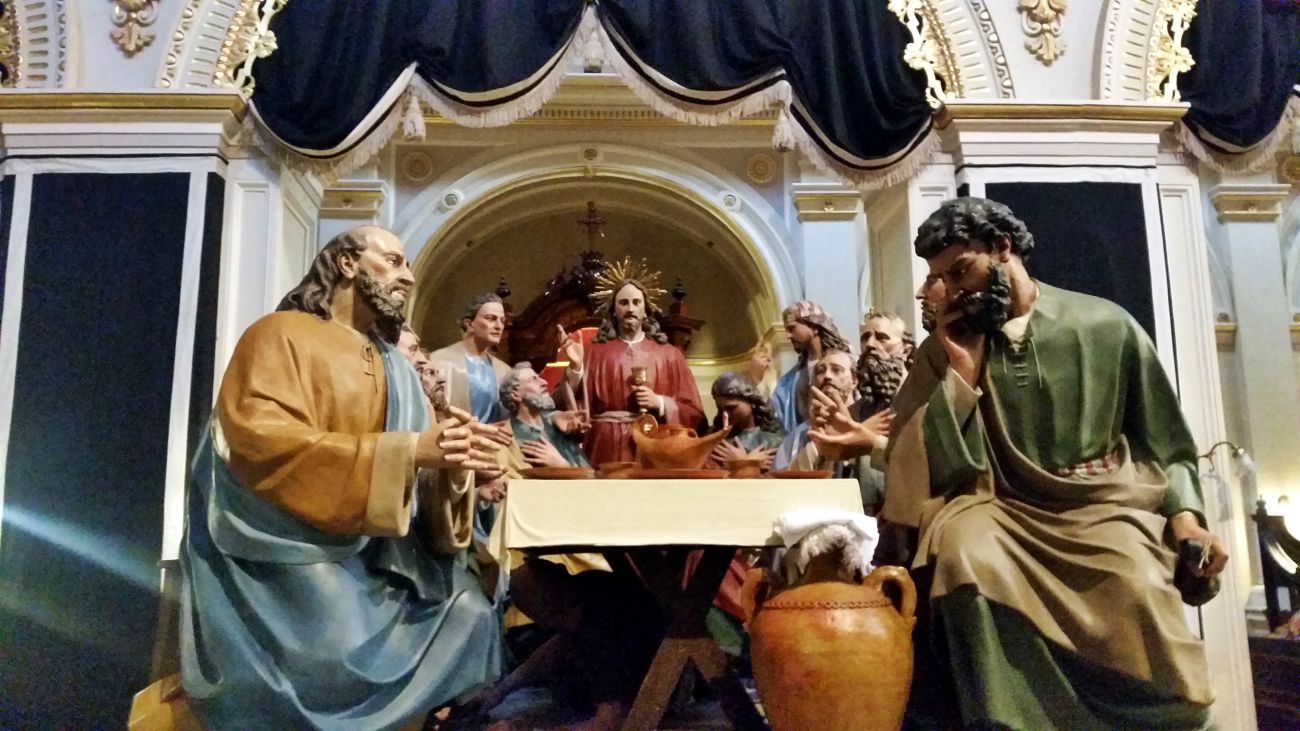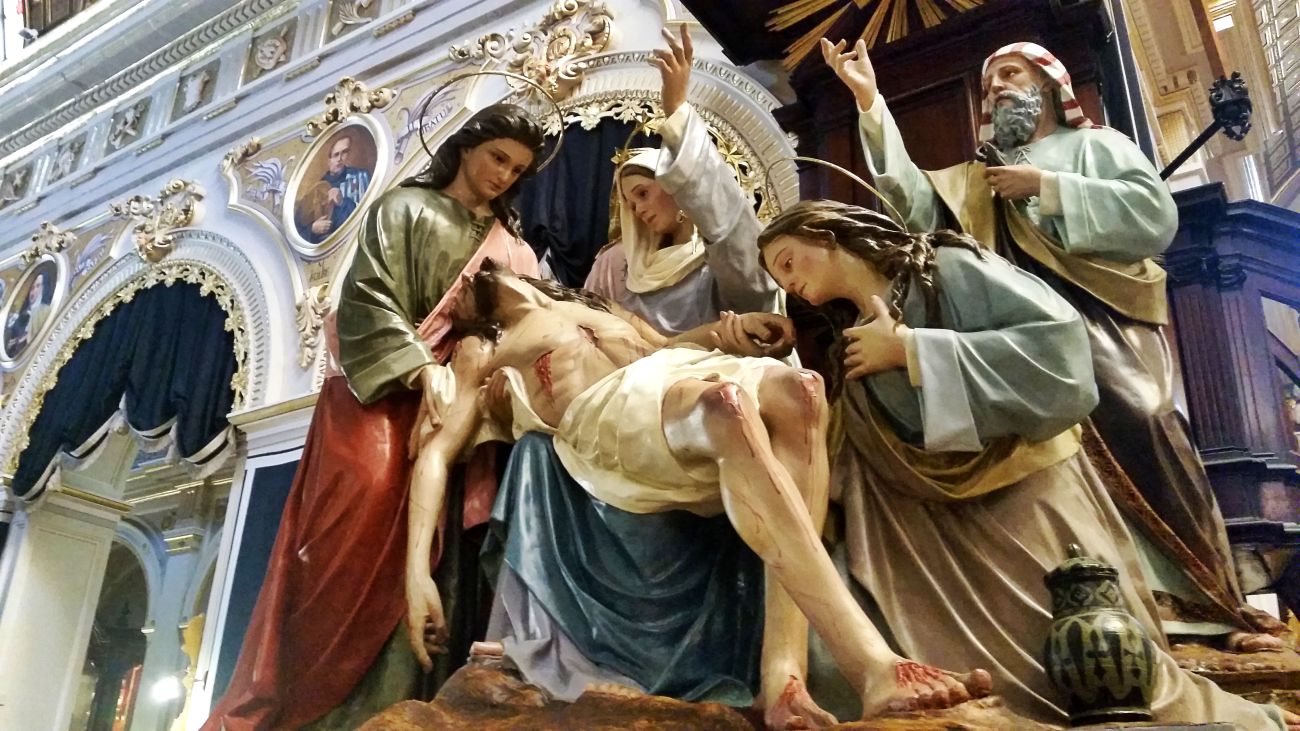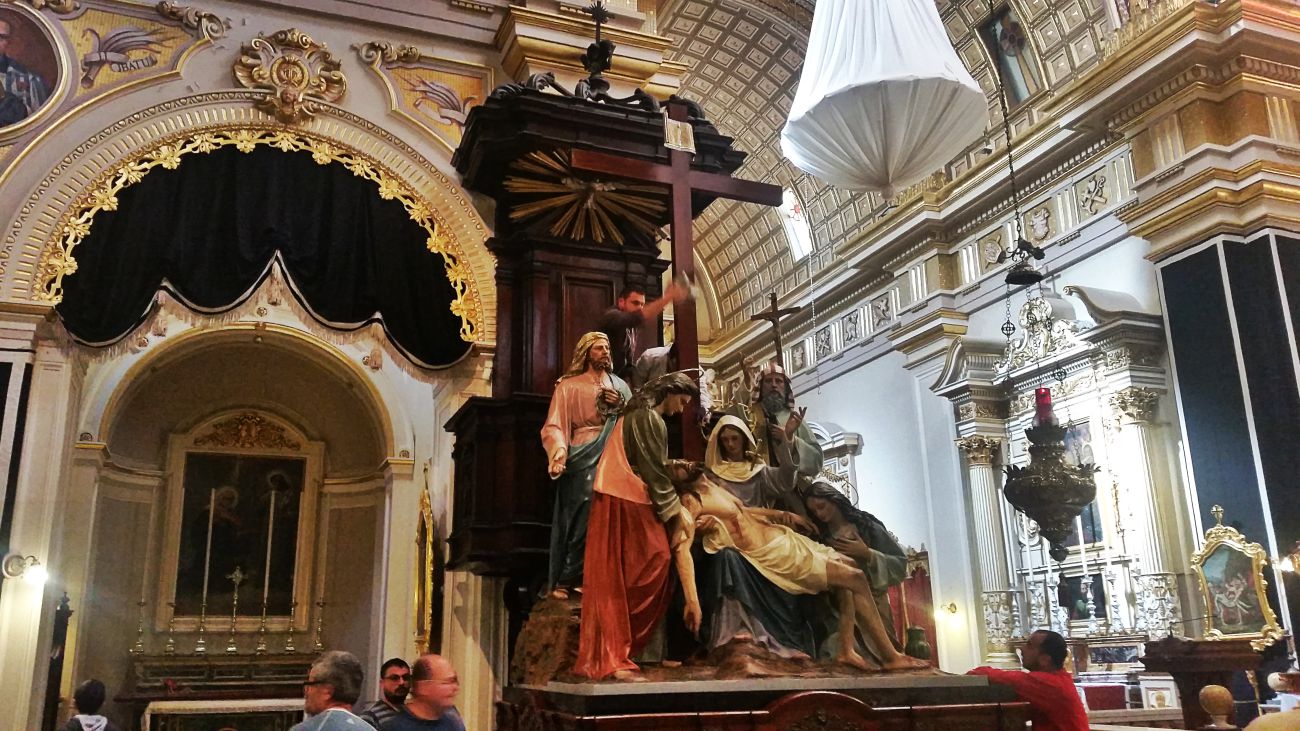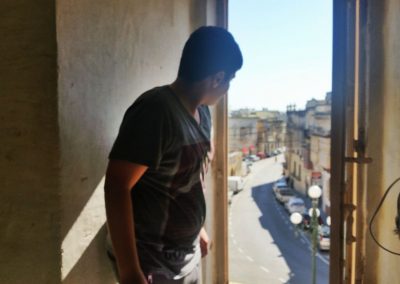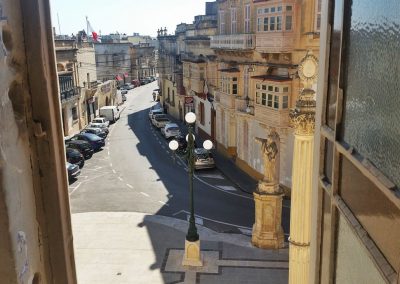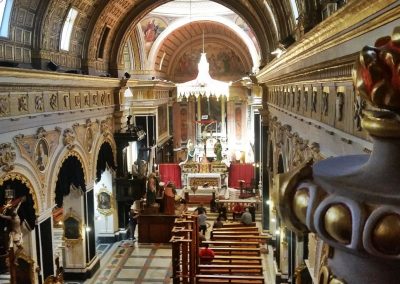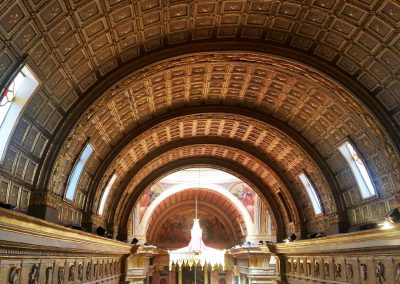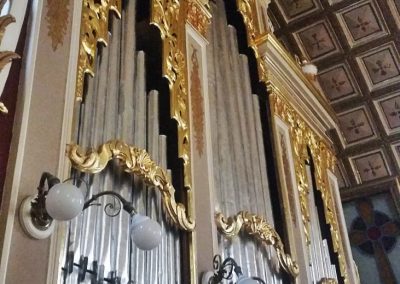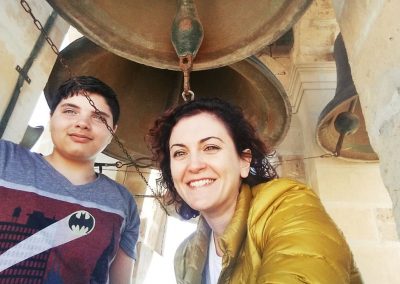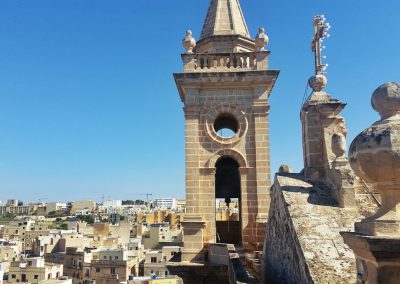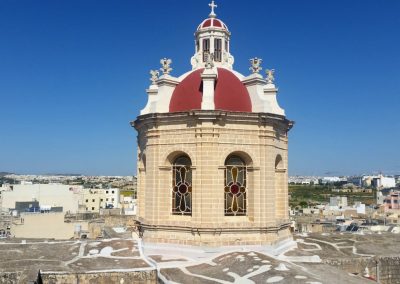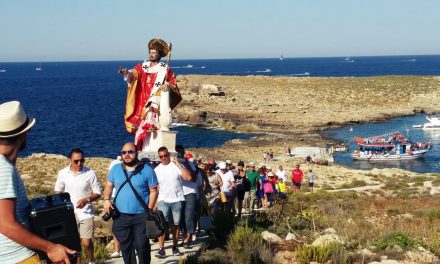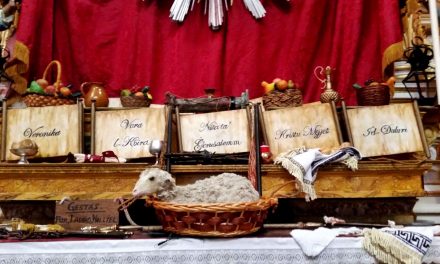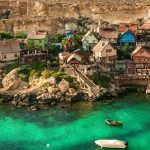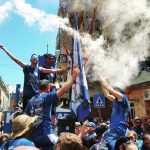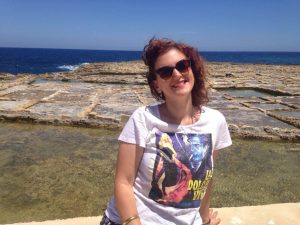My dear explorers, welcome back in my blog!
Did you know that in Malta and Gozo there are in total 359 churches?
For being such small islands this number of churches confirms the huge devotion that the Maltese and Gozitan people have for God, the Saints and the Holy Family and also the importance that the church has for being a place of socialisation for many people, especially if you consider the rural chapels. In fact, the “church” or “ecclesia” (“chiesa” in Italian) was historically considered as a community of people in spiritual connection with God. Moreover, it is during the main two festivities for the Catholic calendar, Christmas and Easter, that devotees can express their feeling of gratitude and respect, sharing with other members the message of joy and hope that these feasts bring with them.
In Malta and her sister island, the Christian tradition is still alive and it is one of the few places in the world where more than nineteen villages organize the Holy Week Procession to commemorate on the Good Friday the Passion of Jesus Christ.
In this article I’m going to tell you more about my experience of the Qormi’s Holy Week Procession, this is the “Behind the Scenes of Qormi’s Holy Procession”…
You can see a group of volunteers moving the heavy statues and setting up the “Last Supper”…
In Malta they are always ready to make you feel welcomed and a coffee is made with love, for Flora the Explorer 🙂
It was lovely to see the volunteers showing me the old pictures of the procession, when they used to take part in their younger years! Thanks for sharing your memories with me!
The Good Friday Procession is like a theatrical representation of the story of the life of Jesus before his Passion and of His Death, so that on the Easter Sunday Mass the devotees can celebrate with a Feast of Joy Christ’s Resurrection.
Participating in the Procession is a deep experience for Christians, as well as tourists and fascinating for non religious people to get in contact with the culture, the traditions and the Easter Spirit so well represented by the Maltese.
The locals participate in the pageant dressed up in Roman costumes or as shepherds, you can also see Jewish priests. The Band follows the slowly walking of the procession with funeral marches while the crowd assists in prayer.
The main characters of the Passion representation are the Statues thanks to which the Procession is a genuine story telling of the various stages that brought Christ to the Cross, as His ultimate gesture of unconditional love, abandon of any Ego and final surrender of God’s Will.
I was curious to discover more about the statues and their story as well as their iconography, so the volunteers of the St George Church welcomed me and let me have a look at the preparation.
I had a young guide who explained to me the sequences of the Passion statues, Nathaniel. This fourteen years old boy with his sweet words in his simplicity told me the story of Jesus, His doubts, the Agony, the pain suffered by St Mary, so that I was moved by Nathaniel genuine heart!
Here you can watch the Video with the young volunteer Nathaniel.
Dr Grima how old is the Qormi Good Friday procession?
“The Qormi Good Friday Procession originated over 250 years ago. Actually, the Rabat (Malta) procession still includes what is considered to be the oldest processional statue still in use: it is a wooden sculpture depicting The Scourging at the Pillar and it was very probably imported from Sicily about four centuries ago” (in the picure below).
With what the statues are made of?
“The first local statues were made of wood and in the seventeenth century were dressed mannequins with real clothes each of which consisted of a head, arms and hands, and feet normally carved in wood but that were progressively replaced by papier-mâché”. “Vittoriosa is perpetuating a very old Maltese tradition of having dressed-up statues”, as the Statue of the Crucifixion in the picture below.
Dr Grima how many statues take part to the Procession?
Up till the end of the eighteenth century, a complete set of statues developed into the traditional eight components or episodes of the Passion which have remained an integral part of all processions.
The Episodes are:
1. The Agony in the Garden of Gethsemane (so called in Maltese “l-Ort”): Christ with one angel bearing in his hands the symbolic chalice and small cross.
In the pictures you can also see the Valletta statue at the end.
“Traditionally “id-Duluri” statue is also brought out on procession one week before Good Friday marking the beginning of the Holy Week.
In the pictures you can also see the Valletta statue (the fourth) and the Ghaxaq statue at the end.
Flora the Explorer also went on top of the Church 😉 My legs were shaking to be honest but Nathaniel helped me and it was worth it: a stunning view from the bell tower was the perfect end of this amazing experience with the volunteers of the Qormi St George Parish Church!
Thanks to everyone!

